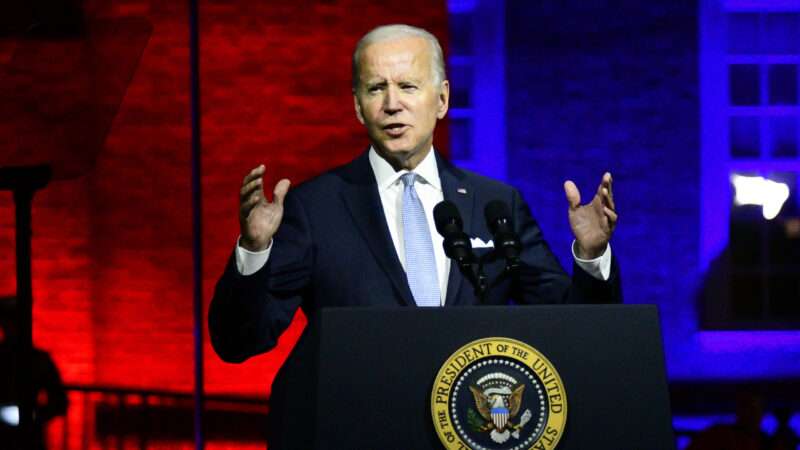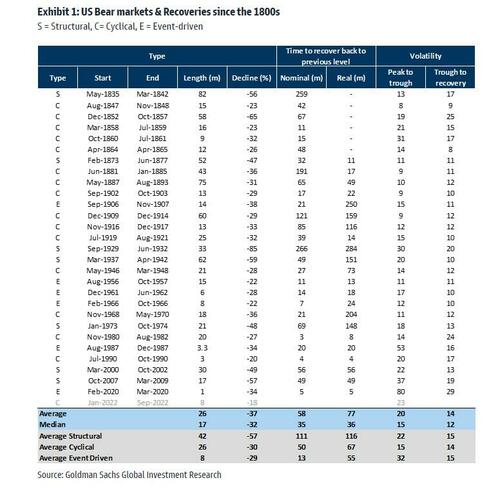
Taiwanese student Ti “Joyce” Chun-Shan demonstrated English proficiency daily when she came to the United States at age 39. She took college classes in English, maintained good grades and earned a certification in ESL.
Chun-Shan, who finished a massage therapy program and earned an associate’s degree at Chandler Gilbert Community College in Arizona, also spoke English with clients as part of her training.
Nobody complained about a language barrier. Yet when Chun-Shan applied for an occupational license—a formality for most of her classmates—the Arizona Board of Massage Therapy singled her out for extra scrutiny.
State law requires massage therapists who are not native English speakers to demonstrate “communication proficiency.” So regulators told Chun-Shan, who grew up speaking Mandarin, that she would have to take an English test and exceed board-imposed standards in four sections: reading, writing, speaking and listening.
The board sets minimum standards outrageously high. Scores must exceed the median for all groups of test takers, including native English speakers and college graduates. Rather than waste her time and money—up to $325—Chun-Shan refused to take the test.
Other states lay similar traps, sometimes indirectly. Licensing programs and exams, for example, are often available only in English. Washington, D.C., added another barrier to those who don’t speak English fluently in 2016, when the district decided that daycare providers must have an associate’s degree in early childhood development or a closely related field.
The law says nothing about English proficiency, yet a 2018 analysis showed that all qualifying programs at nearby colleges were taught exclusively in English. As part of the coursework, aspiring daycare providers must earn credit in language-intensive subjects like public speaking and composition.
The prospect does not appeal to Ilumi Sanchez, a naturalized U.S. citizen from the Dominican Republic. Sanchez, who held a law license in her native country, can communicate effectively with English-speaking parents and children at her home-based daycare business. But attending college in any language other than Spanish would be difficult for her.
Tuition and lost wages while attending classes would multiply the challenges. So Sanchez responded with a constitutional lawsuit. Our public interest law firm, the Institute for Justice, represented her. Unfortunately, the U.S. Circuit Court of Appeals for the District of Columbia upheld the onerous education requirement last month.
Pennsylvania and Vermont also impose college requirements for daycare providers, and Georgia tried to mandate college-level courses for lactation consultants. These and similar measures hurt everyone by raising costs and lowering choice, but the burden is especially high for English learners.
Some people who cannot clear the hurdles find themselves working in the shadows. Arif Karowalia, a Pakistani immigrant who runs two eyebrow-threading chains across the Midwest, said a state inspector visited one of his Kansas salons and threatened unlicensed staff members with criminal prosecution. Kristy Béké, an immigrant from Benin, experienced something similar in North Carolina, where she operates three natural hair-braiding salons.
Many people who are not native English speakers either give up or find other work. Research from the Center for Growth and Opportunity, a network of scholars and entrepreneurs at Utah State University, shows that immigrants are 34 percent less likely to obtain government licenses than other groups—and the gap is wider for people with limited English ability.
Some states do make accommodations. Nevada, California, Texas and Washington state offer cosmetology-related exams in multiple languages. And at least 15 states allow the use of interpreters or dictionaries. Other states have eliminated licensing requirements altogether for certain occupations. Idaho freed natural hair braiders from licensing requirements this past spring, joining 32 other states.
Florida passed sweeping licensing reforms in 2020. And Utah has passed several bills in recent years to ease the regulatory burden on service providers. Among other reforms, Utah has exempted hairstylists from cosmetology licensing and reduced the training hours necessary to perform limited massage therapy.
Connecticut is moving in the opposite direction. In 2019, the state restored an abolished licensing requirement for manicurists, an occupation dominated by Vietnamese immigrants. Meanwhile, Louisiana and Oklahoma have dug in—following lawsuits from the Institute for Justice—to protect licensing requirements for eyebrow threaders, an occupation dominated by South Asian and Middle Eastern immigrants.
Unnecessary regulations like these that prevent immigrants from being able to make a living are wrong in any language.
The post English Tests Are Just an Excuse To Block Immigrants From Licensed Professions appeared first on Reason.com.
from Latest https://ift.tt/Nk7YQmA
via IFTTT









